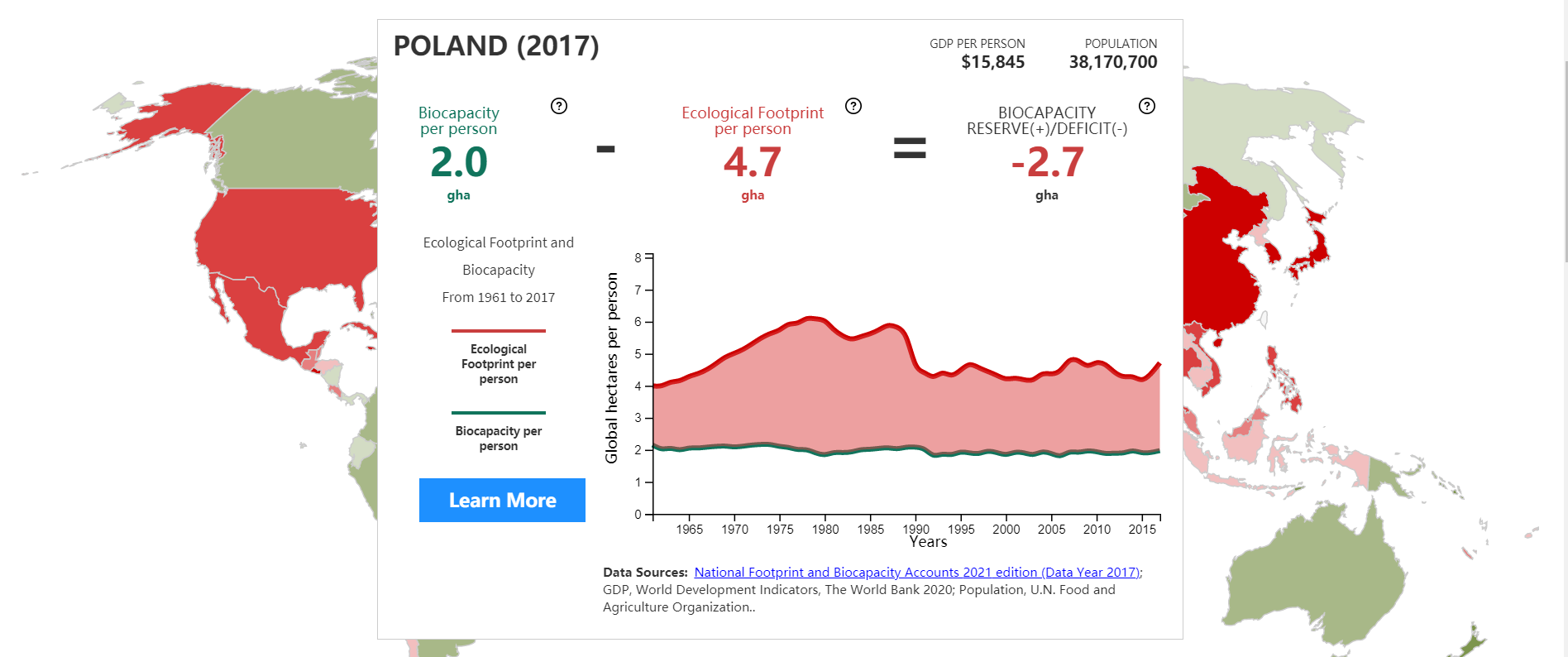Time for the next episode of the "Green Direction" series. Today, we give the floor to North, who suggests how to improve the environment by repairing home appliances and why we should pay attention to our carbon footprint. Let's get to know the details!
In 2020, the North.pl store sold over 600,000 pieces of home electronics parts for c equipment, which gave a total of 1,547,498 tons of saved electro-waste, which didn't end up going straight into the environment. Where does this figure come from? Please let us explain. An average washing machine weighs around 80 kg, and a dishwasher is an additional 50 kg. Small household appliances, such as a blender, a mixer, a vacuum cleaner, also weigh several kilograms. In total, this gives us an average of approximately 200 kg of electro-waste per one Polish citizen.
When you repair a pump or replace a heater in your washing machine, you're reviving a device that weighs 80 kilograms, owing to which it doesn't end up in a landfill. Even though it may see this is just a drop in the ocean, each home repair gets us closer to a vision of a world in which soil and water aren't polluted by heavy metals, and landfills aren't bursting at the seams. The numbers we're getting are already impressive even today. Picture this: one tank weighs around 15 tons. And so, we've saved one hundred thousand tanks from oblivion in 2020. Growing consumer awareness guarantees that this trend will carry on into the future.
Carbon footprint and its consequences for the environment
Only few people know that the so-called "ecological footprint" is what indicates natural resource consumption. We get this result on the basis of an analysis of how many resources one person needs to satisfy their needs, and how the planet can restore these resources. To put it simply, this is about how many hectares of land and sea is needed to absorb the carbon dioxide produced by humans.
As per the data from 2017, Poland has a regenerative capacity on a level of 2.0 global hectares (gHa), while an average citizen consumes 4.7 gHa, which results in a deficit of 2.7 gHa. That sure is a lot, but the advantage is that there are no visible increases, and there's been a significant decrease when compared to the previous century. Over the last twenty years, the gHa demand level has remained around 4.5, while in the years 1975-1990 it was even as high as 6.0[1].
"Carbon footprint" is one of the ingredients of ecological footprint. It's calculated on the basis of the amount of a given person's annual greenhouse gas emission, taking into consideration e.g. a household's size, media consumption, number of household members, nutritional preferences, buying behaviors, waste sorting, or how such a person moves around the city.
The carbon footprint in Poland is around 10 tons a year, but, in spite of appearances, minimizing it is not that difficult at all. Why? All you need to do is change your everyday habits and limit your consumption. Even such simple steps as using a bike instead of a car, waste sorting, or turning off the water when you brush your teeth have a good impact on the environment[2].
Circular economy and CO2 reduction
One of the ways of reducing carbon footprint is the application of circular economy. Its main principle is that the production waste from one activity becomes the raw material for the subsequent processes. This means that the resources stay in the economy for the longest time possible, without the necessity of reaching for new ones, and thus, the waste generation level doesn't increase. Such a concept allows to save 70% of natural resources in comparison with the linear model, which is based on the continuous consumption of raw materials[3].
The very idea of "Repair! Don’t throw away!" is one of the examples of the activities within the scope of circular economy. The awareness that non-renewable materials must stay in circulation as long as possible is gradually increasing. Owing to this, more and more Poles repair their equipment instead of immediately throwing it away, especially if there has only been a minor failure.
For example, the coffee grinders in automatic coffee machines are designed in such a way so they can handle several tens of thousands of cycles – after that, the handmills wear off and aren't able to grind your coffee anymore. This doesn't mean that you immediately have to throw your device away. In most cases, it's enough to replace the grinder only, and you can continue to use your coffee machine without any issues. It's similar in the case of heaters, pumps, carbon brushes, as well as any other elements which may wear out over time.
The report on 2021 circular economy, prepared by Circularity Gap Report, indicates that the world is currently circular only in 8.6%, and the biggest CO2 emission is related to the household, the transportation, and to the nutrition. CGR presents 21 solutions, owing to which it would be possible to reduce this emission by 39% by 2032. The most important are: sustainable food production, increased vehicle durability, caring for the household resources, renewable energy, repairing and restoring household appliances[4]. If you would like to see the full list of recommendations included in the Circularity Gap Report 2021, click here: https://www.circularity-gap.world/2021#inventions
is constantly growing. If this trend continues, we can hope that, along with the application of the other solutions from within the scope of circular economy, we'll be able to fulfill the assumptions of CGR and to significantly reduce the level of CO2 emission.


